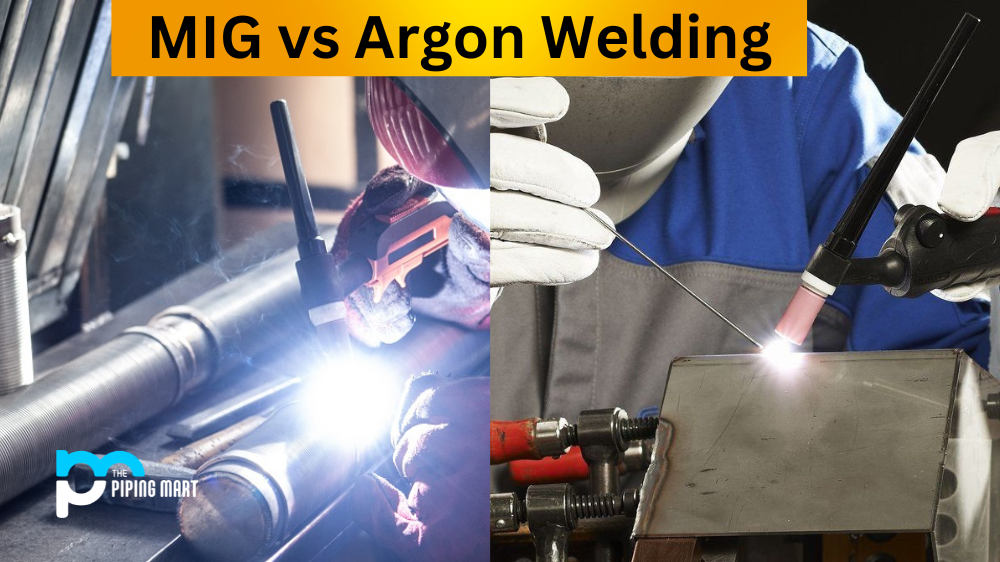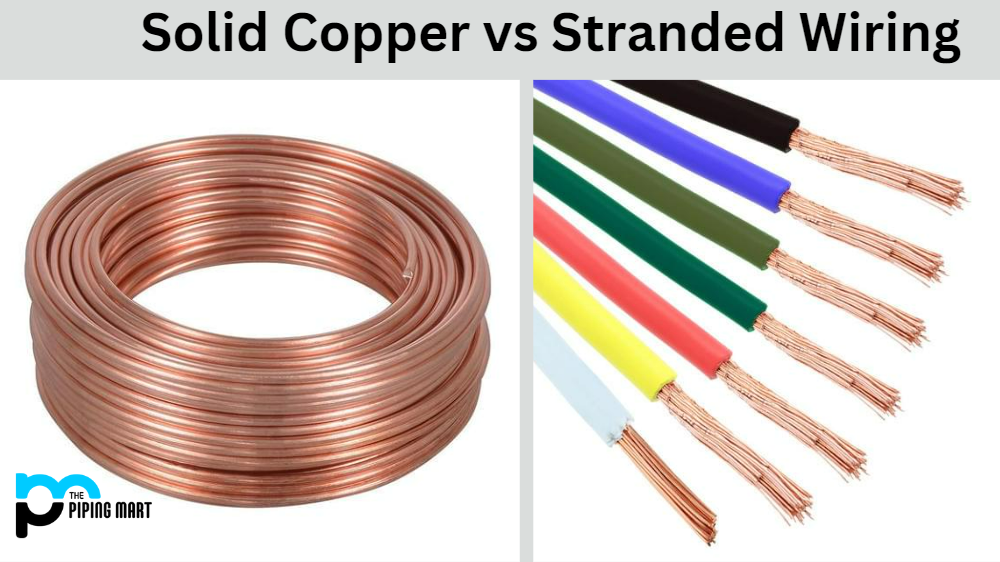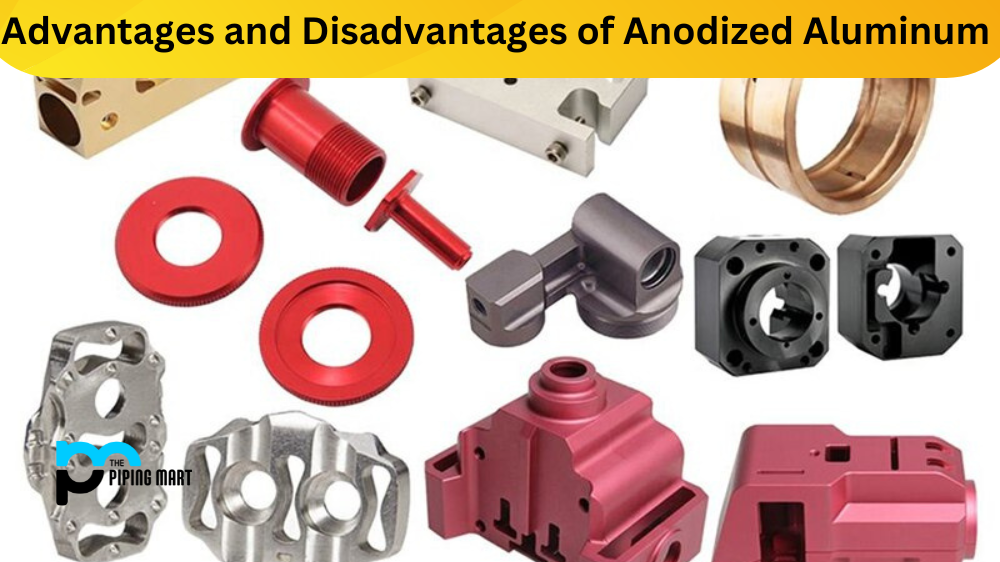MIG welding and argon welding are two of the most popular types of welding used today. But what are the differences between them? In this blog post, we’ll take a look at the basics of both types of welding and explore their key differences.
MIG Welding (Metal Inert Gas)
MIG Welding (Metal Inert Gas) is a type of arc welding that uses a consumable wire electrode and shielding gas to create an electric arc. The process is often automated, meaning it’s done by machines rather than by hand. The wire electrode is fed through a gun-like nozzle, which creates an electrical current between the metal being welded and the electrode. This is what creates the molten pool around which the weld will form.
MIG welding can be used on a wide variety of materials, including aluminium and stainless steel, making it ideal for many applications in industrial, commercial, and home settings. MIG welding tends to produce less spatter than other types of welding, making it more efficient and easier to clean up after use.
Argon Welding (GTAW)
Argon Welding (GTAW), also known as Tungsten Inert Gas (TIG) welding, is another type of arc welding that uses an electric arc to heat two pieces of metal together with precision control. It’s usually done manually with a foot pedal or knobs that control the heat output from the torch. Argon gas is used instead of shielding gas, like in MIG welding, because it provides greater protection from oxidation during high-heat application. This makes argon welding ideal for thin metals that require precise control over heat input, so they don’t warp or deform during the welding process — such as aluminium or stainless steel alloys.
Difference Between MIG Welding vs Argon Welding
Advantages of MIG Welding
One of the main advantages of MIG welding is that it is a fast and easy way to weld metal. MIG welding can also be used on a variety of materials, including steel, aluminium, and stainless steel. Additionally, MIG welding produces less smoke and fumes than other types of welding, making it safer for both the welder and those nearby.
Advantages of Argon Welding
One of the main advantages of argon welding is that it produces stronger welds than MIG welding. Additionally, argon welding produces less smoke and fumes than other types of welding, making it safer for both the welder and those nearby.
Disadvantages of MIG Welding
One of the main disadvantages of MIG welding is that it can be more difficult to control than other types of welding. Additionally, MIG welding can produce more sparks and heat than other types of welding, which can be dangerous for both the welder and those nearby.
Disadvantages of Argon Welding
One disadvantage of argon welding is that it is slower than MIG welding. Additionally, argon gas can be expensive, making argon welding more costly than other types of welding.
Conclusion:
MIG and Argon Welding have unique benefits depending on your needs. For example, MIG Welding is better suited for projects that require larger amounts of material to be joined quickly, while Argon Welding provides greater control over heat output when working with thinner sheets or alloys such as aluminium or stainless steel alloys. Ultimately, both types of welding can provide excellent results if done properly, so it’s important to understand your project goals before deciding which type to use for your job!

Abhishek is a seasoned blogger and industry expert, sharing his insights and knowledge on various topics. With his research, Abhishek offers valuable insights and tips for professionals and enthusiasts. Follow him for expert advice on the latest trends and developments in the metal industry.




